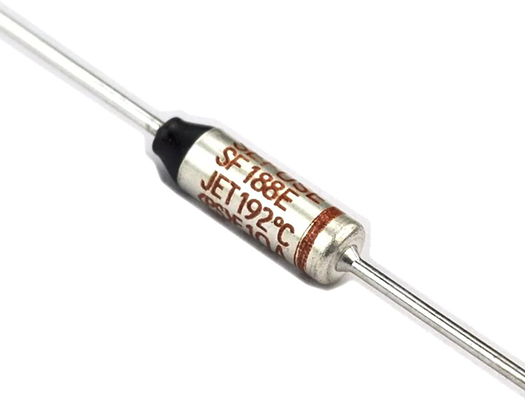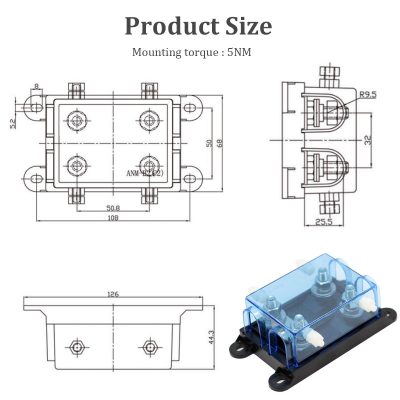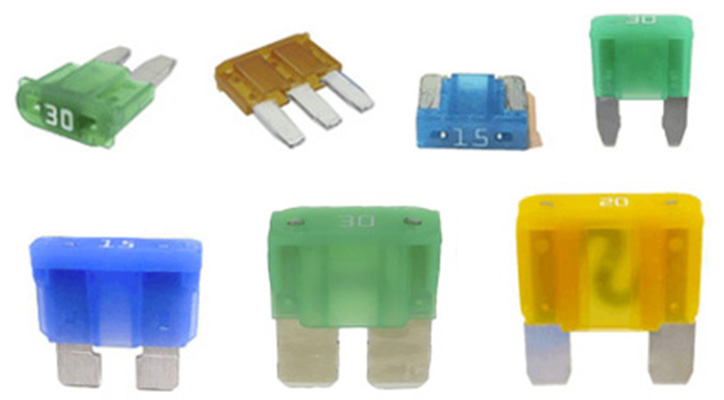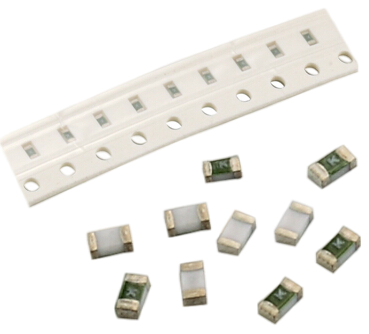In-Depth Technical Parameters for Automotive Current Fuses
News 2025-10-24
Automotive current fuses are essential safety components in vehicle electrical systems, protecting against overcurrent and short circuits that could lead to failures or hazards. As automotive technology advances, these fuses must handle increasing complexity in circuits, from traditional combustion engines to electric vehicle architectures. Key parameters define their reliability, including rated current, voltage ratings, and breaking capacity, which ensure they perform under diverse operating conditions. This discussion highlights how these specifications contribute to effective circuit protection and system longevity in modern vehicles.

Key Technical Parameters
Automotive current fuses feature specific technical parameters that dictate their performance. Rated current, measured in amperes, indicates the maximum continuous current a fuse can carry before activating, typically ranging from 1A to 100A depending on the fuse type. Voltage rating specifies the maximum voltage the fuse can safely interrupt, often 32V DC for standard automotive use. Breaking capacity is crucial, defining the maximum fault current the fuse can handle without failure, such as 1000A at 32V. Other parameters include response time—fast-acting for immediate protection or time-delay for transient loads—and I2t value, which quantifies energy absorption during fault conditions. These elements ensure fuses meet stringent automotive standards for durability and efficiency.
Application Scenarios
In automotive settings, current fuses apply to various systems where overcurrent protection is vital. For instance, in engine management, fuses safeguard electronic control units from spikes that could cause malfunctions. In lighting and accessory circuits, they prevent wiring damage during overloads, enhancing safety. Electric vehicles rely on fuses in battery management systems to mitigate risks of high-voltage faults, while in infotainment and advanced driver-assistance systems, precise fusing maintains operational integrity. Selecting fuses with appropriate parameters tailors protection to specific current demands, improving reliability and reducing maintenance in harsh environments like extreme temperatures and vibrations.
Frequently Asked Questions
1. What factors determine the rated current of an automotive fuse?
Answer: The rated current depends on the circuit’s normal operating load and potential fault conditions, ensuring the fuse activates only when necessary without false tripping.
2. How does breaking capacity impact automotive safety?
Answer: High breaking capacity allows fuses to interrupt large fault currents safely, preventing fires or explosions in critical vehicle systems.
3. What role does material composition play in fuse performance?
Answer: Materials like ceramic or metal alloys provide heat resistance and consistent melting points, enabling reliable operation in automotive temperature extremes.


